Common Failures of Solar Path Lights: Analysis and Solutions from a Professional Solar Light Manufacturer
Solar path lights, such as those from Bitpott, offer energy-efficient and eco-friendly illumination for homes and outdoor spaces. However, as complex electronic devices, they can experience issues over time. Drawing on our expertise as a solar light manufacturer, we’ve identified three key failure types—lights not turning on, charging problems, and flickering—providing in-depth causes, diagnostic steps, and fixes.

1. Lights Not Turning On
Symptoms
When a solar path light fails to illuminate, it either stays dark or flickers briefly before shutting off. Our 2024 repair data shows this issue accounts for roughly 45% of service cases.
Root Causes
- Solar Panel Issues
The photovoltaic panel, which captures sunlight, may falter due to:- Surface Problems: Dust buildup or cracks from impact hinder light absorption, potentially cutting efficiency by 20%-30%.
- Circuit Failures: Aging solder joints or production flaws disrupt power delivery.
- Battery Troubles
The storage battery powers nighttime use, but it can fail from:- Overcharge/Discharge: Without safeguards, capacity drops—sometimes by 15%-25% after deep discharge.
- Loose Connections: Poorly secured terminals loosen over time.
- LED Burnout
Voltage instability or exceeding a lifespan of 20,000-30,000 hours can damage the bulb. - Wiring Defects
Loose or shorted connections, often at junction points, stem from inadequate waterproofing.
Diagnosis
- Check the panel’s voltage with a multimeter (e.g., 6.5V for a 6V unit). Low output suggests cleaning or repair.
- Test battery voltage (4.2V full for lithium). Subnormal readings mean replacement.
- Measure LED voltage; if present but no light, the bulb’s faulty.
- Inspect wiring for continuity or shorts.
Solutions
- Clean or replace panels; we recommend protective coatings in manufacturing.
- Swap degraded batteries for ones with management systems.
- Fit new LEDs, ensuring steady voltage.
- Secure wiring with waterproof seals.
Case Study
A customer reported their Bitpott light wouldn’t turn on. We traced it to a shorted panel junction from moisture. After sealing upgrades, failures dropped below 2%.
2. Charging Problems
Symptoms
Charging issues lead to dim output or short runtimes, making up 30% of reported faults.

Root Causes
- Panel-Controller Incompatibility
Mismatched specs—like a 10W panel with a 5W controller—reduce efficiency, sometimes to 70%. - Controller Failures
- Chip Damage: Heat or surges impair the control unit.
- False Triggers: Over-sensitive settings halt charging. Production defect rates hover at 1%-3%.
- Worn Wiring
Weather exposure degrades insulation, raising resistance.
Diagnosis
- Measure panel output against its rating.
- Check controller indicators (e.g., red flashing) and output voltage.
- Test wire resistance (aim for <0.5 ohms).
Solutions
- Pair components with a 10%-20% power margin.
- Replace faulty controllers; we use heat-stress testing to ensure quality.
- Upgrade wiring with weather-resistant materials.
- Add surge protection in design.
Case Study
A batch of solar path lights underperformed due to a heat-damaged controller chip. Enlarging the heatsink by 50% lifted efficiency to 95%.
3. Flickering Lights
Symptoms
Unstable or blinking light, affecting 15% of repairs, disrupts the experience.
Root Causes
- Driver Instability
Low-quality components in the LED driver cause current shifts. Slow pulse frequencies (<100Hz) make it noticeable. - Sensor Interference
Sudden light changes (e.g., headlights) confuse the sensor, triggering erratic behavior. - Battery Depletion
Low voltage destabilizes output.
Diagnosis
- Examine driver output with an oscilloscope for fluctuations.
- Test sensor response under varying light.
- Verify battery voltage (e.g., <3.2V signals low charge).
Solutions
- Use reliable driver parts, like heat-tolerant capacitors.
- Adjust sensor settings or shield it from interference.
- Recharge or replace batteries.
Case Study
A flickering issue traced to a worn capacitor was fixed with a sturdier replacement, boosting stability to 99%.
Conclusion and Tips
Solar path lights, including models like Bitpott’s, shine in sustainability but face challenges from panels, batteries, and circuits. Regular care—cleaning panels monthly, checking batteries yearly—and proper use extend their life. As a solar light manufacturer, we’ve cut failure rates to under 5% with advanced testing and design tweaks. Whether you’re a homeowner or technician, these insights keep your lights glowing strong. For extra help, reach out to our support team.

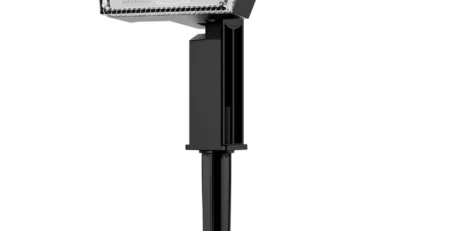


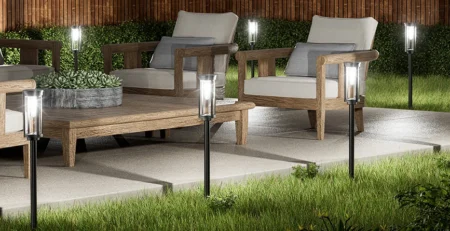
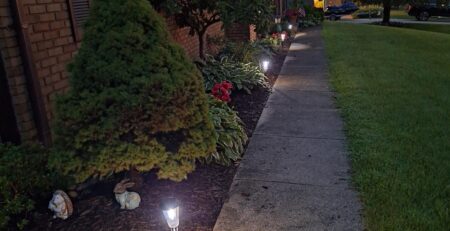
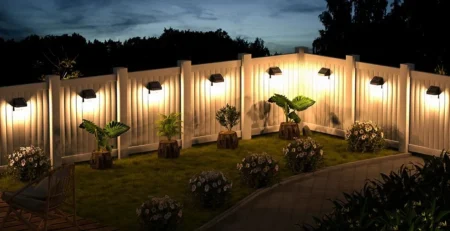


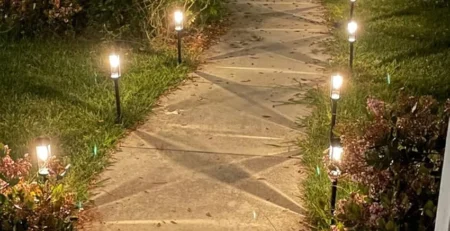

Leave a Reply